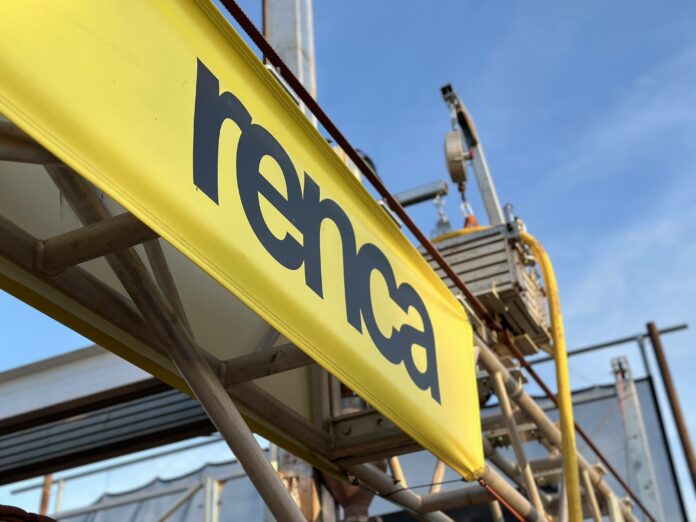RENCA, a company known for its wide range of services in the field of geopolymer technology, has recently completed a 3D printed house in the USA in collaboration with Strong Print 3D, RENCA, and Geopolymer International.
The project described as the first to be achieved with geopolymer material was conducted in the harsh conditions of the western desert of the USA, with temperatures dropping from over 110 to 50 degrees Fahrenheit (from 40 to 10°C) in just a few hours, with almost zero humidity and strong winds. Both equipment and materials (not talking about humans) had a hard time continuing to work in such an environment.
Key characteristics of Geopolymer 3D printing mortar
Geopolymer 3D printing mortar is described as carbon-neutral alternative to traditional cement and is currently being developed by other companies in the construction industry. Building materials and construction sites are among the most significant pollution contributors. That’s why companies in the field are looking to reduce the number of materials used and waste generated.
Until now, the only component in construction 3D printing that significantly contributed to carbon dioxide emissions was Portland cement, which is used in all the existing mortars for 3D printing, RENCA explained.
Genuine geopolymer materials contain “0 Portland cement, lime or gypsum and are known to be up to 90% more sustainable than ordinary cementitious analogs”. They also have outstanding properties that allow the structures to withstand thousands of years instead of only a few decades.
Unlike Portland cement-based mortars and concrete, or alkali-activated materials (which are known to be user-hostile, using strong and corrosive alkalis), that both remain hydraulic binders, genuine geopolymer-based mortars and concretes, being non-hydraulic binders, delivers a number of advantages. They include: a fast setting time, high strength that makes it structural; chemical adhesion between the layers that allows the process to stop one day and continue without any additional preparation the next day; fire-resistance (unlike ordinary cement, geopolymer withstands temperatures up to 1200°C/2200°F) as well as corrosion resistance – geopolymers can be used for seaside structures and will not be affected by sea salt corrosion.
RENCA started working on geopolymer materials in 2015. Since then, over 300 products have been designed for various applications, from waste management and encapsulation of radioactive materials to paints and shotcrete for protection from fire and aggressive substances. Plenty of by-products were used to reduce the impact of other industries in a safe way.
Remember, you can post job opportunities in the AM Industry on 3D ADEPT Media free of charge or look for a job via our job board. Make sure to follow us on our social networks and subscribe to our weekly newsletter : Facebook, Twitter, LinkedIn & Instagram ! If you want to be featured in the next issue of our digital magazine or if you hear a story that needs to be heard, make sure you send it to contact@3dadept.com






